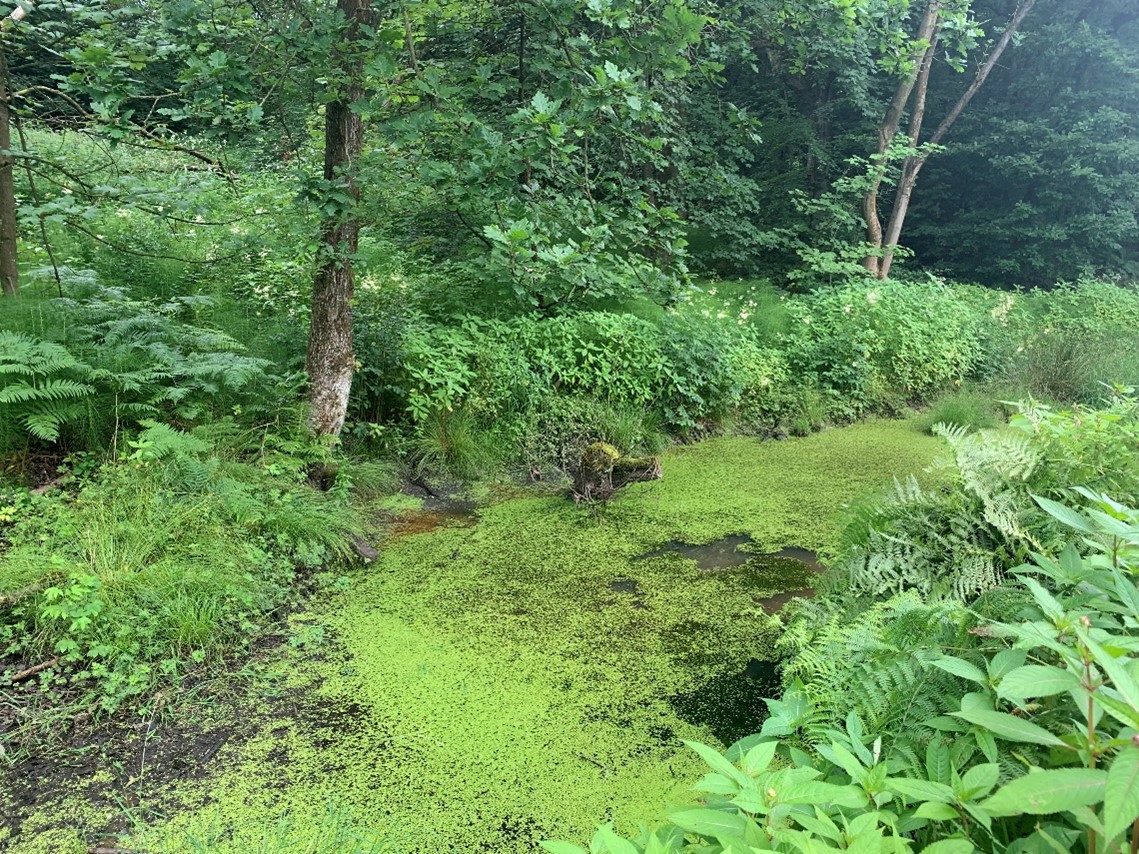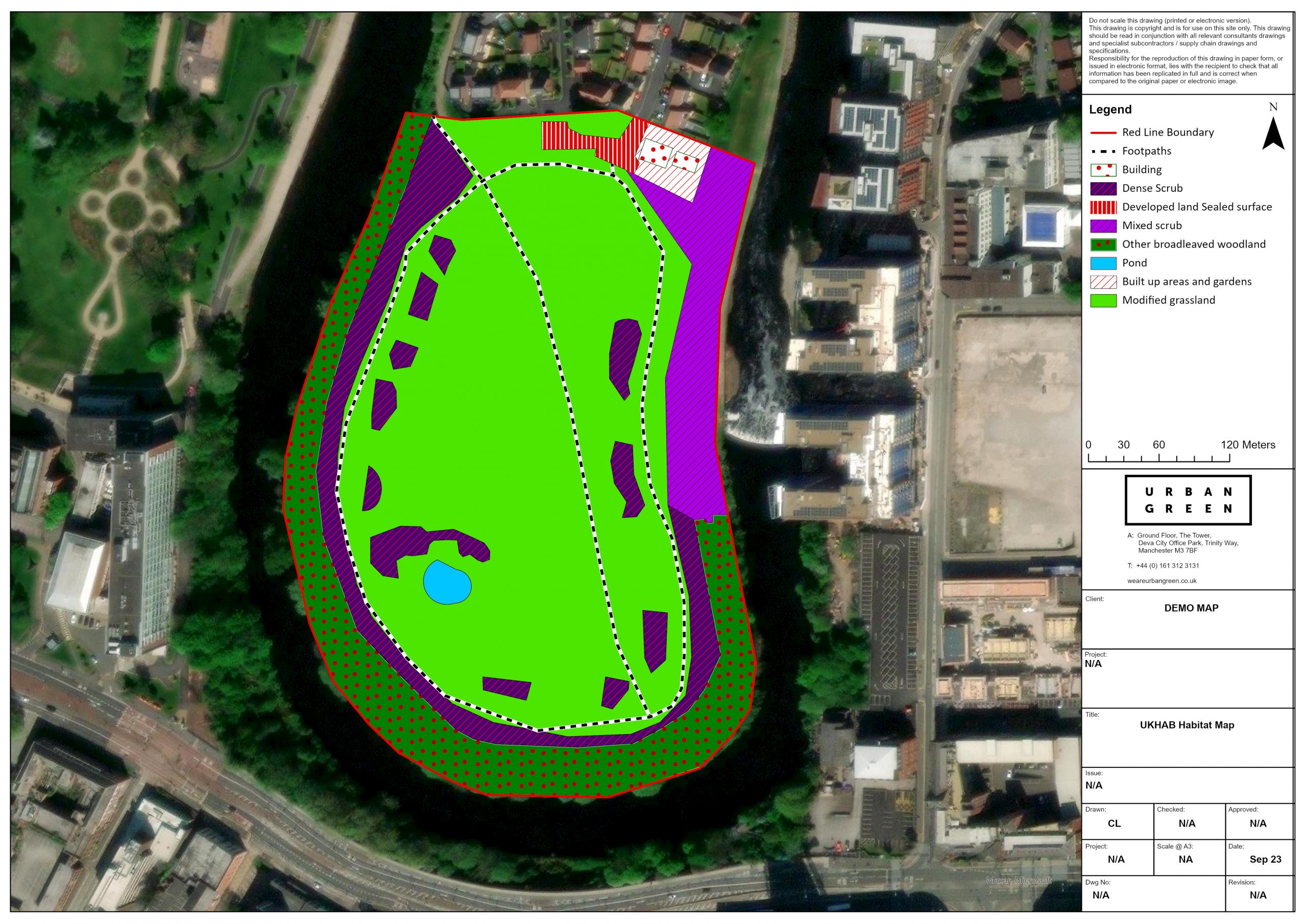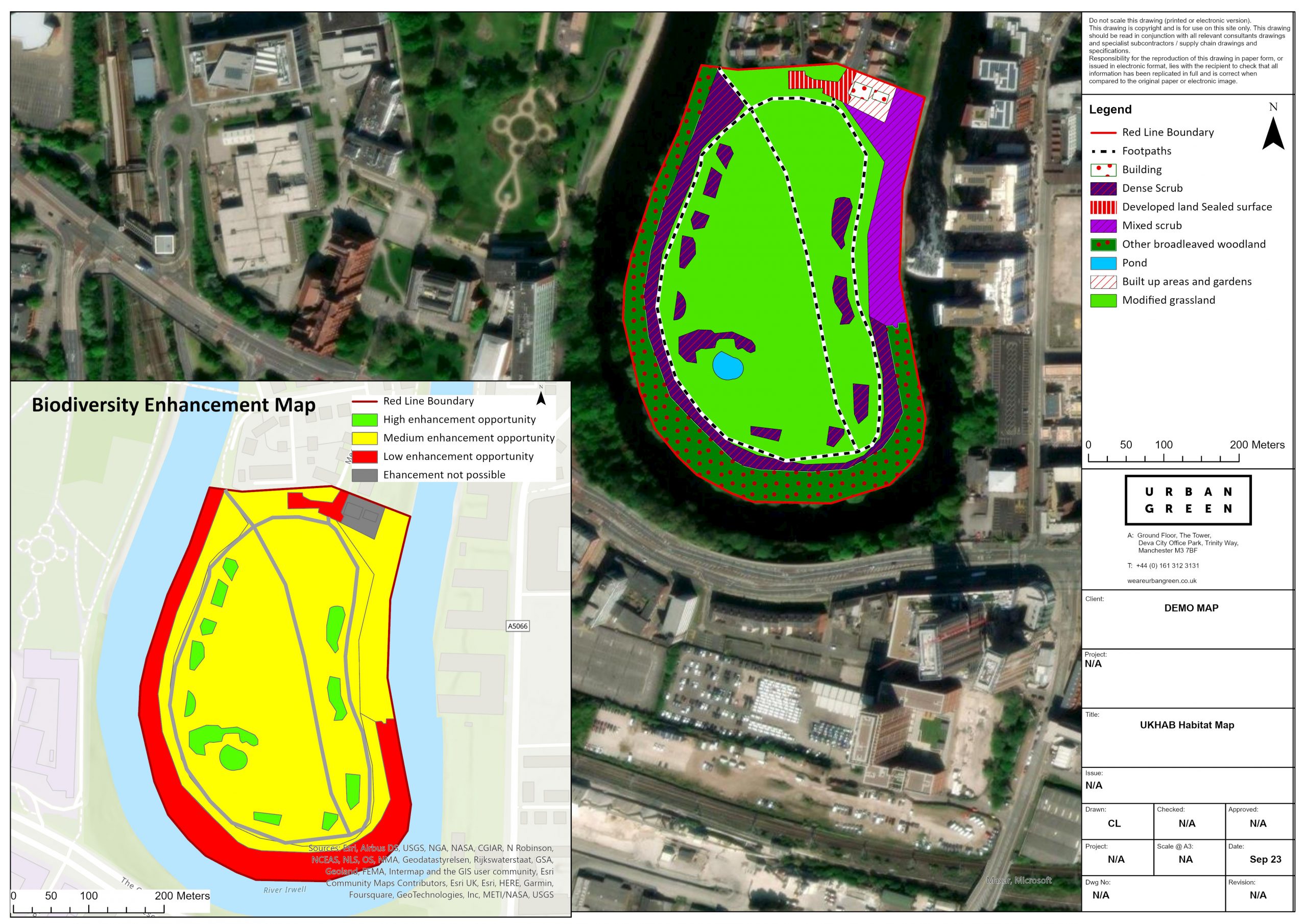- 18 Sep 2023
In our pursuit of sustainable development, two guiding stars have emerged, illuminating the path toward a future where environmental preservation and responsible growth walk hand in hand.
These guiding stars are none other than Biodiversity Net Gain (BNG) and Geographic Information Systems (GIS). BNG beckons us to harmonise development with ecological well-being, transforming every new project into a force for biodiversity enhancement rather than diminishment. In parallel, GIS lends its spatial intelligence to weave a delicate balance between these goals. Together, they empower us to build a future where progress and environmental stewardship coexist in perfect harmony.
The Essence of BNG and GIS in Environmental Banking
In the UK, Habitat or Environment Banking stands tall as a conservation and mitigation strategy. It’s a bold approach rooted in the principle of an increase of 10% biodiversity and environmental quality despite the activities of development projects. If a project doesn’t meet the 10%, developers can buy credits from land that has been delegated as a habitat bank to achieve this target, and the associated fee provides funding to uplift the biodiversity of the habitat bank land via habitat creation or enhancement. But how do we assess the inherent biodiversity and ecological value of the land, especially for areas not destined for immediate development? This is where BNG and GIS, working hand in hand, illuminate the way forward.
Case in Point
A forward-thinking client had a vision to unlock the ecological potential of their land holdings. Urban Green, embarked on a journey of assessment, with nine sites were assessed, each with a history of being landfill sites left to naturally recover. The purpose was clear: to provide the client with a comprehensive understanding of their land’s ecological value and to pinpoint areas for potential enhancement.
 An example of what would be surveyed and would be reflected in the habitat map
An example of what would be surveyed and would be reflected in the habitat map
The Art of Assessment
Urban Green’s meticulous assessment detailed all ecological and morphological factors that influenced each site’s biodiversity. This extensive evaluation produced a robust report, a blueprint of the ecological intricacies of each site. But it didn’t stop there. This report was accompanied by a habitat map, a visual masterpiece that portrayed the diverse habitats on each site in a spatial manner, painting a vivid picture of the land’s ecological tapestry.
 Example Habitat Map
Example Habitat Map
Customising Enhancement with BNG and GIS
Yet, the magic didn’t reside solely in assessment; it was in the application of BNG and GIS principles. These technologies allowed Urban Green to not only assess but to strategise. The assessment laid the groundwork for pinpointing areas that thrived and needed no further intervention. Simultaneously, it identified zones that could benefit from enhancement, where additional features and habitats could be thoughtfully introduced, considering various ecological and morphological conditions to ensure the utmost success of any changes. These can be seen spatially in the form of the Biodiversity Enhancement Map that is included with the report.
Biodiversity Enhancement Map
This is a map that uses the spatial polygons and line features from the Habitat Map, they are then re-symbolised into a traffic light system. This system shows the reader the level of enhancement opportunity for each of the individual habitats. This simple approach to a complex issue allows for the client to best plan for which areas of the landscape they will improve, starting with the habitats that have the highest opportunities for enhancement.
 Example Habitat Map combined with the Biodiversity Enhancement Map
Example Habitat Map combined with the Biodiversity Enhancement Map
A Sustainable Legacy
The partnership between clients and Urban Green is a testament to the transformative power of BNG and GIS in the realm of habitat banking and Biodiversity Net Gain. Together, we have unlocked areas that can really benefit from being improved and increase biodiversity. This case study illustrates how, with the right blend of assessment, strategy, and technology, responsible growth can leave an enduring legacy of ecological integrity.